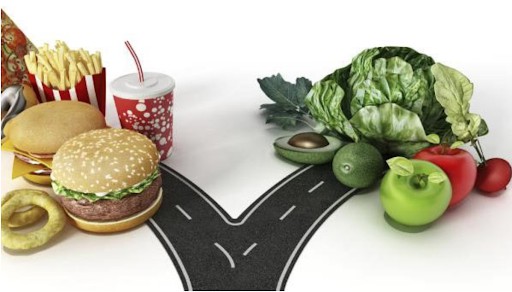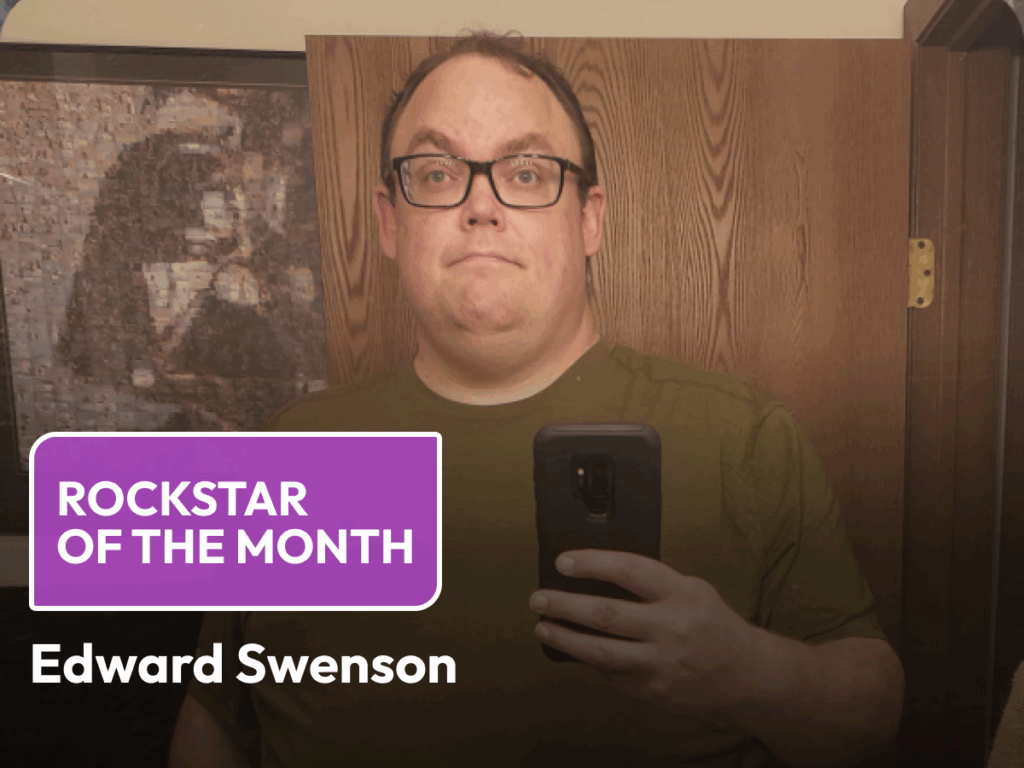Knowing when you are actually hungry and when your mind is playing tricks on you can be challenging. We have always dealt with the temptation to eat, but these days it’s even harder. Now we can order delivery of pizza and hamburgers with just the push of a button on an app. Being at home almost 24/7 means that we have access to the food in our pantries and refrigerators. Learning how to tell if we are hungry is an important skill for maintaining a healthy weight and taking care of our bodies.
The key is to listen to your body’s signals, and I know this is easier said than done. But one way to do it is to keep a food diary. By keeping a food diary, you will be forced to recognize your eating patterns, both good and not so good. A good way to recognize if you are hungry enough to eat, is to use the hunger scale. It is recommended to avoid both waiting until starving to eat, and also eating past feeling full. Try to stay in the blue zone most of the time, and start eating at level 4 or 5.
It is important to recognize these signals and get familiarized with them, so in the future you know what they feel like.
There are three columns that you can make in your food diary: what you eat, what time you eat, and the mood you were in + what you were doing when eating. Example:
| Food | Time | Mood + Setting |
| Salad with chicken | 12:30pm | Hungry/stressed; reading work emails |
| Grapes | 3pm | Tired/need a pick-me-up; browsing phone |
After a few days, take a look at your food diary. Then, make a list of what triggers tend to “cue” you to eat. Common eating triggers include:
- Seeing something you want to eat on a commercial, or opening up your refrigerator
- Feeling stressed, such as after a long day of work
- Being offered food
- Feeling bored or tired
What can you do after analyzing your eating patterns?
This is the tough part. Once you have a better understanding of your eating habits, start using this knowledge to prepare for situations that involve food and make it a priority to listen to your body.
Planning ahead
Turning down tempting food is much easier if you don’t need to do it—if you don’t have these foods on hand.
Try to buy or prep healthy options to have them ready when you are feeling hungry. Avoid buying unhealthy snacks or triggering foods.
Checking in with your body
Some ways to check in with your body about your hunger levels include:
- Pausing and asking yourself if you’re hungry—and doing your best to be honest
- Doing a head-to-toe body scan to evaluate your physical state and mood
- Eating more slowly and allowing your body time to let you know when it’s full
- Temporarily distracting yourself with something else other than food (going for a walk, listening to music, talking to a friend)
These are really helpful to determine if you are actually hungry or if you want to eat as a way to suppress or soothe negative emotions.



